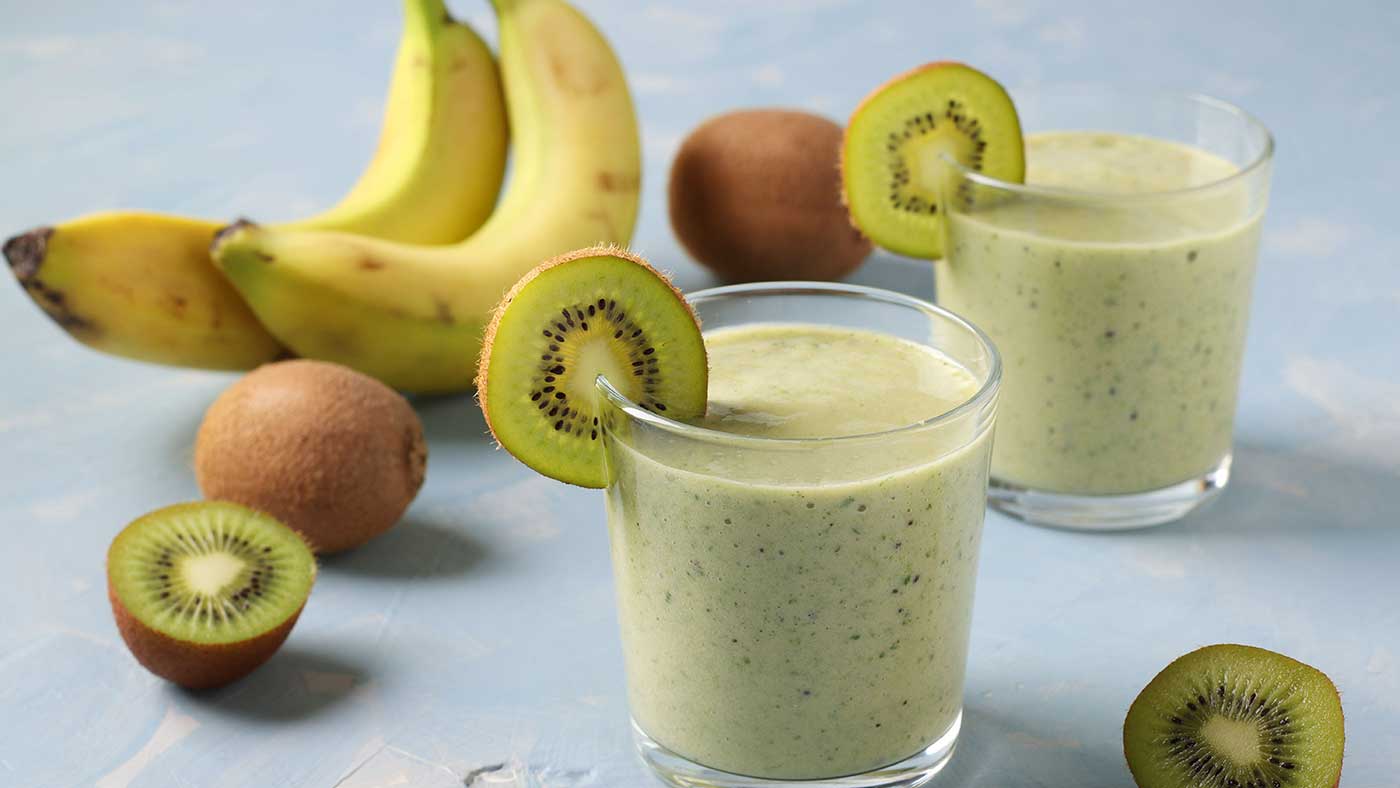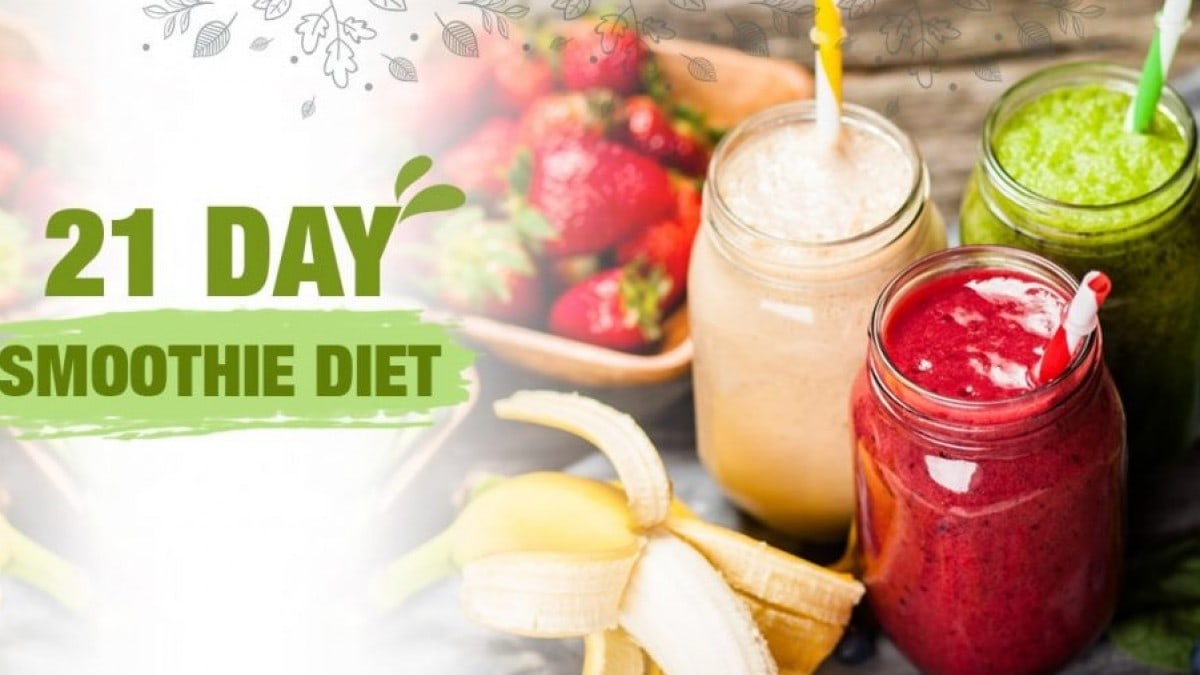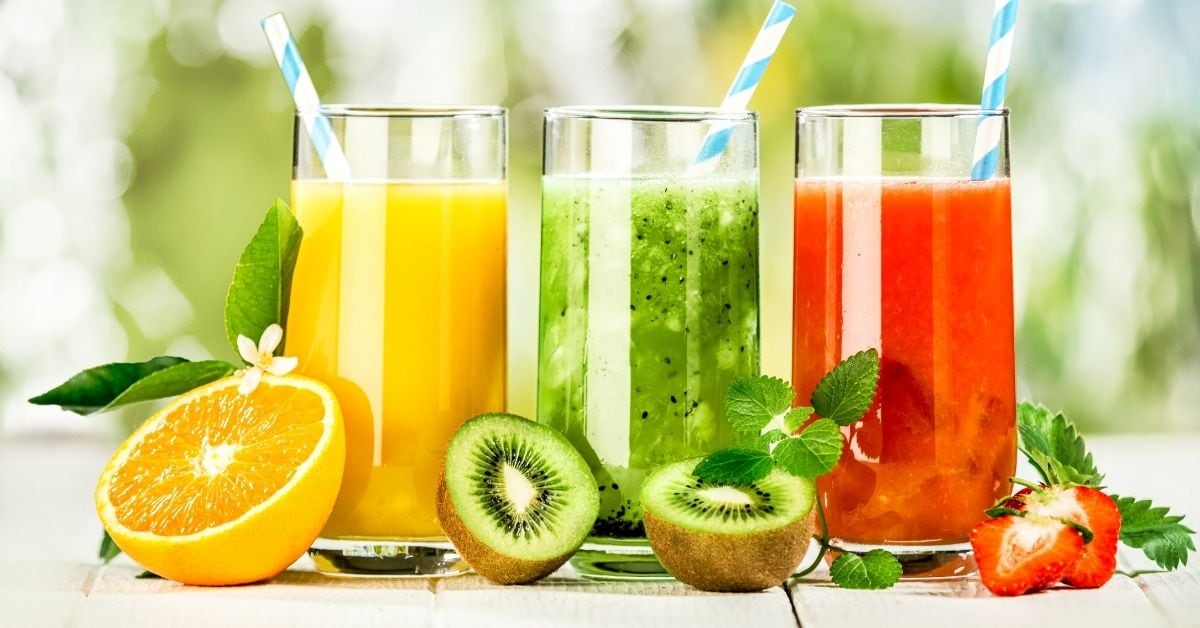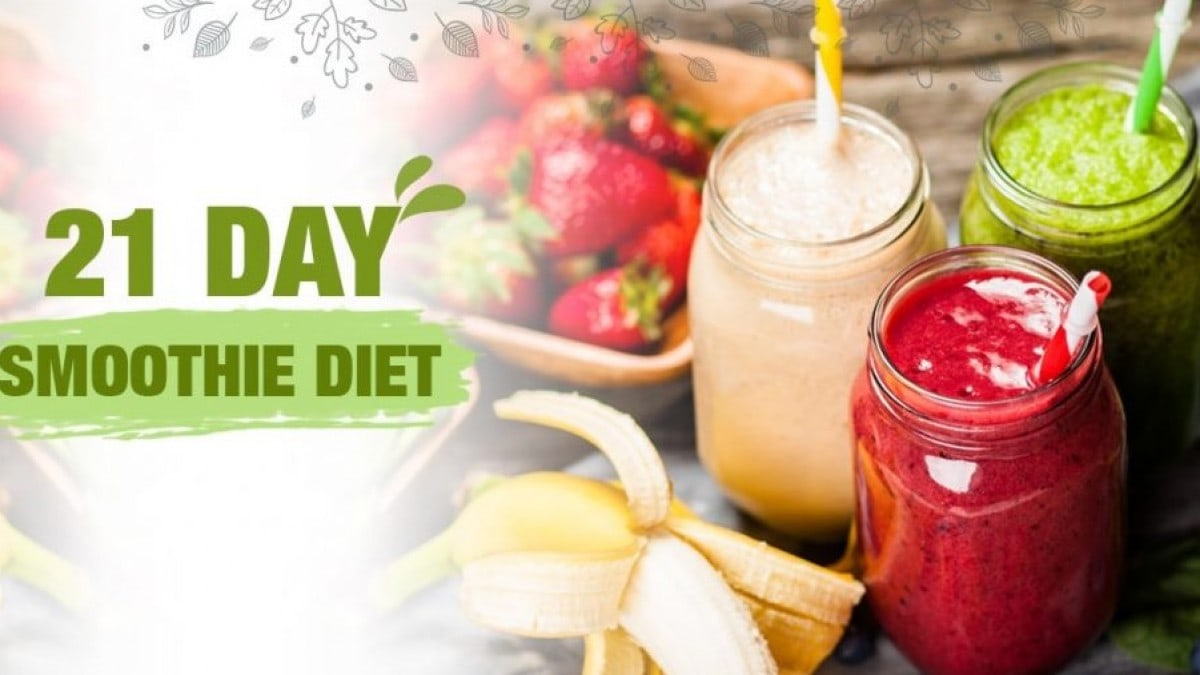Smoothies have become a popular health trend in recent years, and for a good reason. They are an excellent way to pack nutrients into a quick, easy meal or snack. Not only do they taste great, they are also incredibly versatile and can be tailored to suit any dietary needs or preferences. This article will discuss the smoothie diet, what it is, and how you can incorporate it into your daily routine to improve your overall health.
What is a Smoothie Diet?

A smoothie diet involves replacing one or more meals daily with a smoothie. This can be a great way to increase your intake of fruits and vegetables, often lacking in the standard Western diet. The idea is to consume a balanced blend of easily digestible nutrients and provide sustained energy throughout the day. Smoothies can include various ingredients, including fruits, vegetables, nuts, seeds, and even protein powders. The possibilities are endless, and no one-size-fits-all recipe for a smoothie exists.
Benefits of a Smoothie Diet
There are many benefits to incorporating smoothies into your daily routine. Here are just a few:
- Nutrient-dense: Smoothies can be packed with essential vitamins and minerals, which can help boost your immune system and improve your overall health.
- Easy to digest: Smoothies are easy on the digestive system, meaning your body can quickly absorb the nutrients and put them to work.
- Sustained energy: A well-balanced smoothie can provide sustained energy throughout the day, which can help you stay focused and productive.
- Convenient: Smoothies are quick and easy to make, which makes them a great option for busy individuals who are always on the go.
How to Create a Balanced Smoothie

The key to creating a balanced smoothie is to include various ingredients that provide a range of nutrients. Here are a few tips to keep in mind:
- Include a source of protein: This can be anything from Greek yogurt to protein powder to nut butter. Protein is essential for building and repairing muscle tissue and can also help keep you full and satisfied.
- Add healthy fats: Healthy fats, such as those found in avocados, nuts, and seeds, can help keep you feeling full and satisfied, and they are also essential for brain health.
- Use fresh or frozen fruits and vegetables: Fresh or frozen fruits and vegetables are packed with essential vitamins and minerals, and they can help add flavor and texture to your smoothie.
- Avoid adding too much sugar: While it can be tempting to add sweeteners such as honey or agave nectar, it’s important to remember that these can add unnecessary calories and contribute to blood sugar spikes.
- Consider adding superfoods: Superfoods, such as chia seeds, flaxseed, and spirulina, can help boost the nutritional content of your smoothie and provide a range of health benefits.
Smoothie Diet Plan
Here is a sample smoothie diet plan that you can follow to help you get started:
Day 1:
Breakfast: Green smoothie made with spinach, banana, almond milk, and chia seeds.
Lunch: Strawberry banana smoothie made with Greek yogurt, strawberries, banana, and almond milk.
Dinner: Mango smoothie made with mango, coconut milk, and protein powder.
Day 2:
Breakfast: Blueberry smoothie with blueberries, bananas, Greek yogurt, and almond milk.
Lunch: Peach smoothie made with peaches, bananas, and coconut milk.
Dinner: Kale smoothie made with kale, banana, almond milk, and protein powder.
Day 3:
Breakfast: Chocolate smoothie made with cocoa powder, banana, almond milk, and protein powder.
Lunch: Peanut butter and a banana smoothie made with peanut butter, banana, Greek yogurt, and almond milk.
Dinner: Tropical smoothie made with pineapple, mango, coconut milk, and protein powder.
Tips for Success
Here are a few tips to help you succeed with a smoothie diet:
- Plan ahead: Take the time to plan out your meals in advance so that you have everything you need on hand.
- Invest in a good blender: A good quality blender can make all the difference when creating a smooth and creamy smoothie.
- Experiment with different ingredients: Don’t be afraid to try new ingredients and combinations to find the ones you enjoy the most.
- Don’t forget to chew: While smoothies are easy to drink, it’s important to remember to chew your food to aid digestion.
- Be mindful of portion sizes: While smoothies can be healthy, they can also be high in calories if you’re not careful. Be mindful of portion sizes and avoid adding too much sugar.
Conclusion
A smoothie diet can greatly improve your overall health and incorporate more fruits and vegetables into your diet. Following the tips and sample plan outlined in this article, you can create a well-balanced and nutritious smoothie diet that works for you. Remember to experiment with different ingredients and be mindful of portion sizes, and you’ll be on your way to a healthier lifestyle in no time!






